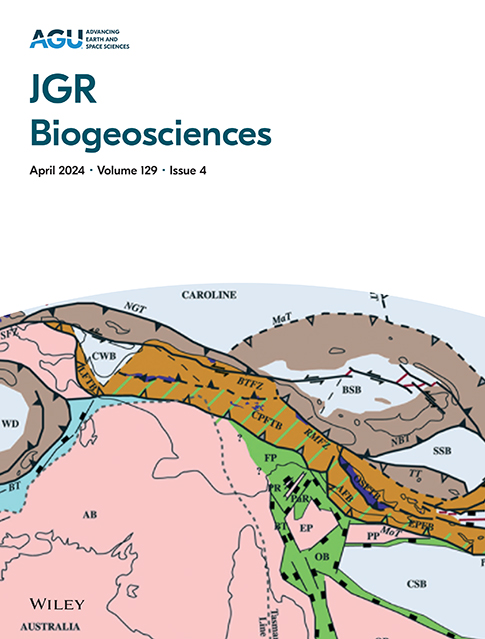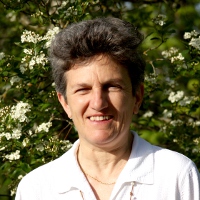The diverse vegetation types and carbon pools of the U.S. Pacific Northwest (PNW) are tightly coupled to fire regimes that depend on climate and fire suppression. To realistically assess the effects of twenty first century climate change on PNW fire and carbon dynamics, we developed a new fire suppression rule for the MC1 dynamic general vegetation model that we ran under three climate change scenarios. Climate projections from the CSIRO Mk3, MIROC 3.2 medres, and Hadley CM3 general circulation models, forced by the A2 CO2 emissions scenario, were downscaled to a 30 arc?second (∼0.6 km2) grid. Future climates amplify the already strong seasonality of temperature and precipitation across the domain. Simulations displayed large increases in area burned (76%–310%) and burn severities (29%–41%) by the end of the twenty?first century. The relatively dry ecosystems east of the Cascades gain carbon in the future despite projections of more intense wildfires, while the mesic maritime forests lose up to 1.2 Pg C from increased burning. Simulated fire suppression causes overall carbon gains yet leaves ecosystems vulnerable to large future fires. Overall, our simulations suggest the Pacific Northwest has the potential to sequester ∼1 Pg C over the next century unless summer droughts severely intensify fire regimes.
Impacts of climate change on fire regimes and carbon stocks of the U.S. Pacific Northwest


